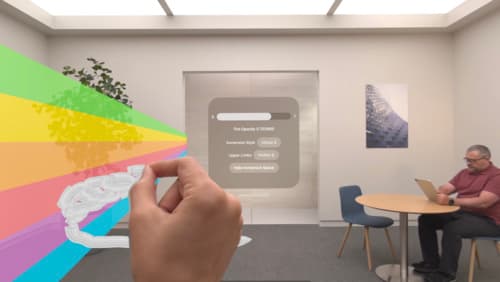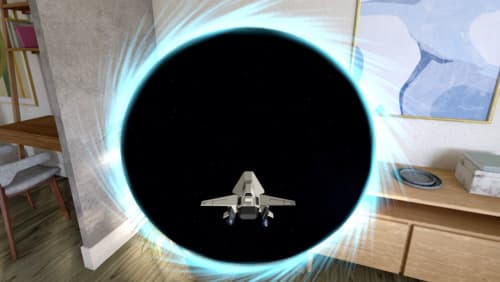How to write code for rotation
Asked on 2024-08-02
1 search
To write code for rotation, you can refer to several sessions from WWDC that cover different aspects of rotation in various contexts. Here are some relevant details:
-
SF Symbols 6:
- You can add dynamic movement to a symbol by imitating how an object behaves in the real world or by acting as a visual indicator. For example, you can rotate certain parts of a symbol, like the fan blades of a desk fan, using the bilayer rotation option. This is covered in the session What’s new in SF Symbols 6.
-
Reality Composer Pro:
- You can configure how much an entity, like a robot, will spin by setting the revolutions in the inspector panel. This is demonstrated in the session Compose interactive 3D content in Reality Composer Pro.
- You can update the rotation of joints in local space and call this code from RealityKit's update function to have the rotation update on every frame. This is explained in the session Compose interactive 3D content in Reality Composer Pro.
-
RealityKit APIs:
- You can use built-in joints that apply constraints for how an entity can translate or rotate. For example, a spherical joint allows for limited rotation around the y and z axes and free rotation on the x axis. This is detailed in the session Discover RealityKit APIs for iOS, macOS and visionOS.
-
Volumes and Immersive Spaces:
- You can apply rotation directly onto views and entities. For example, you can turn a robot toward a position when it is in idle mode and fire off a waving animation. This is covered in the session Dive deep into volumes and immersive spaces.
These sessions provide a comprehensive overview of how to implement rotation in different contexts using Apple's frameworks and tools.

Render Metal with passthrough in visionOS
Get ready to extend your Metal experiences for visionOS. Learn best practices for integrating your rendered content with people’s physical environments with passthrough. Find out how to position rendered content to match the physical world, reduce latency with trackable anchor prediction, and more.

What’s new in SF Symbols 6
Explore the latest updates to SF Symbols, Apple’s library of iconography designed to integrate seamlessly with San Francisco, the system font for all Apple platforms. Learn how the new Wiggle, Rotate, and Breathe animation presets can bring vitality to your interface. To get the most out of this session, we recommend first watching “What’s new in SF Symbols 5” from WWDC23.

Discover RealityKit APIs for iOS, macOS and visionOS
Learn how new cross-platform APIs in RealityKit can help you build immersive apps for iOS, macOS, and visionOS. Check out the new hover effects, lights and shadows, and portal crossing features, and view them in action through real examples.
